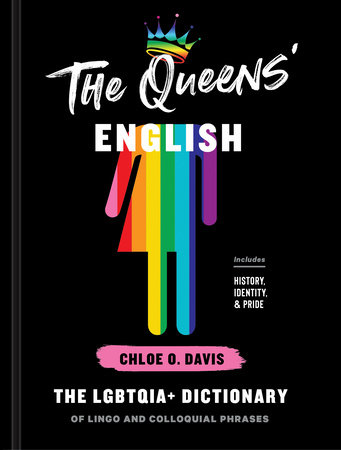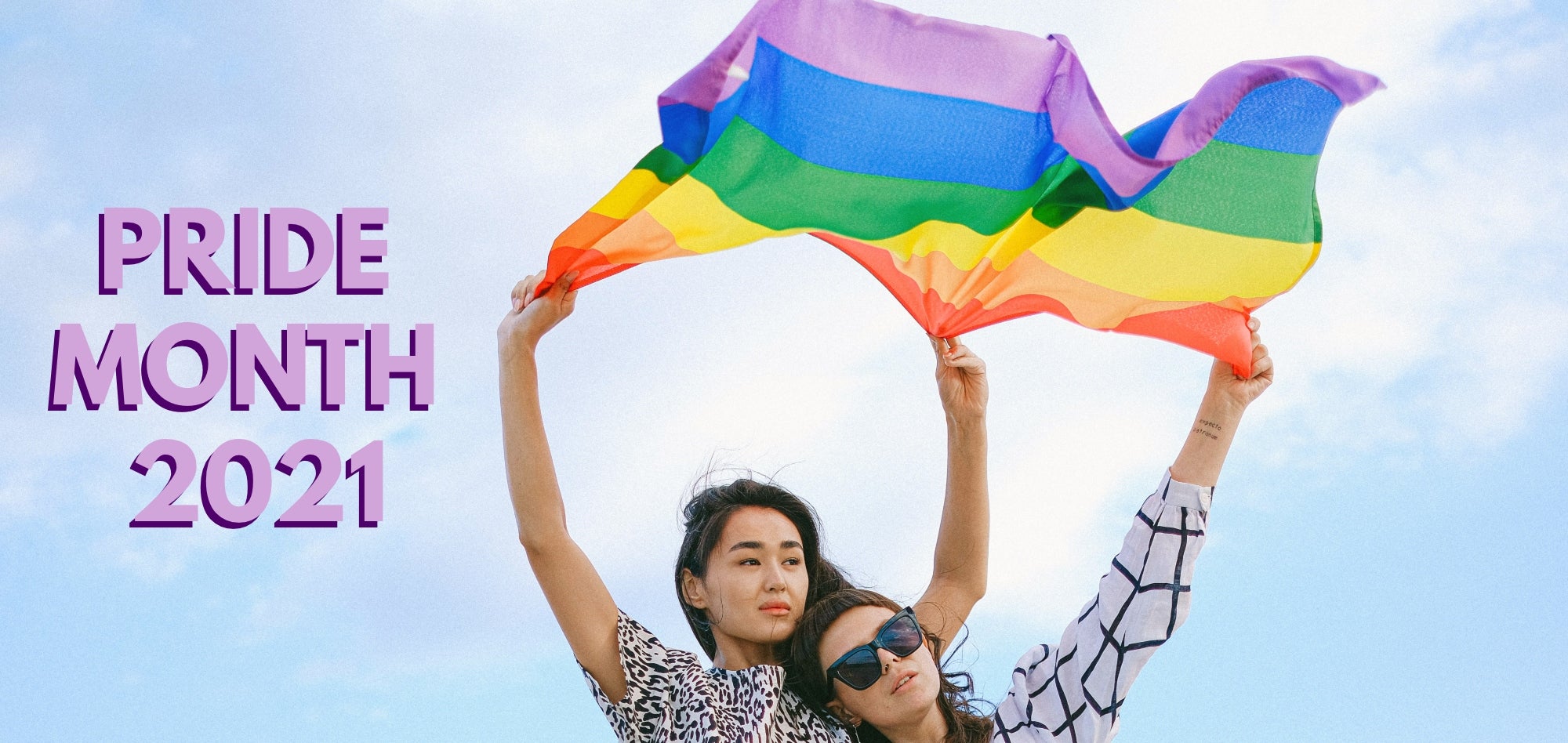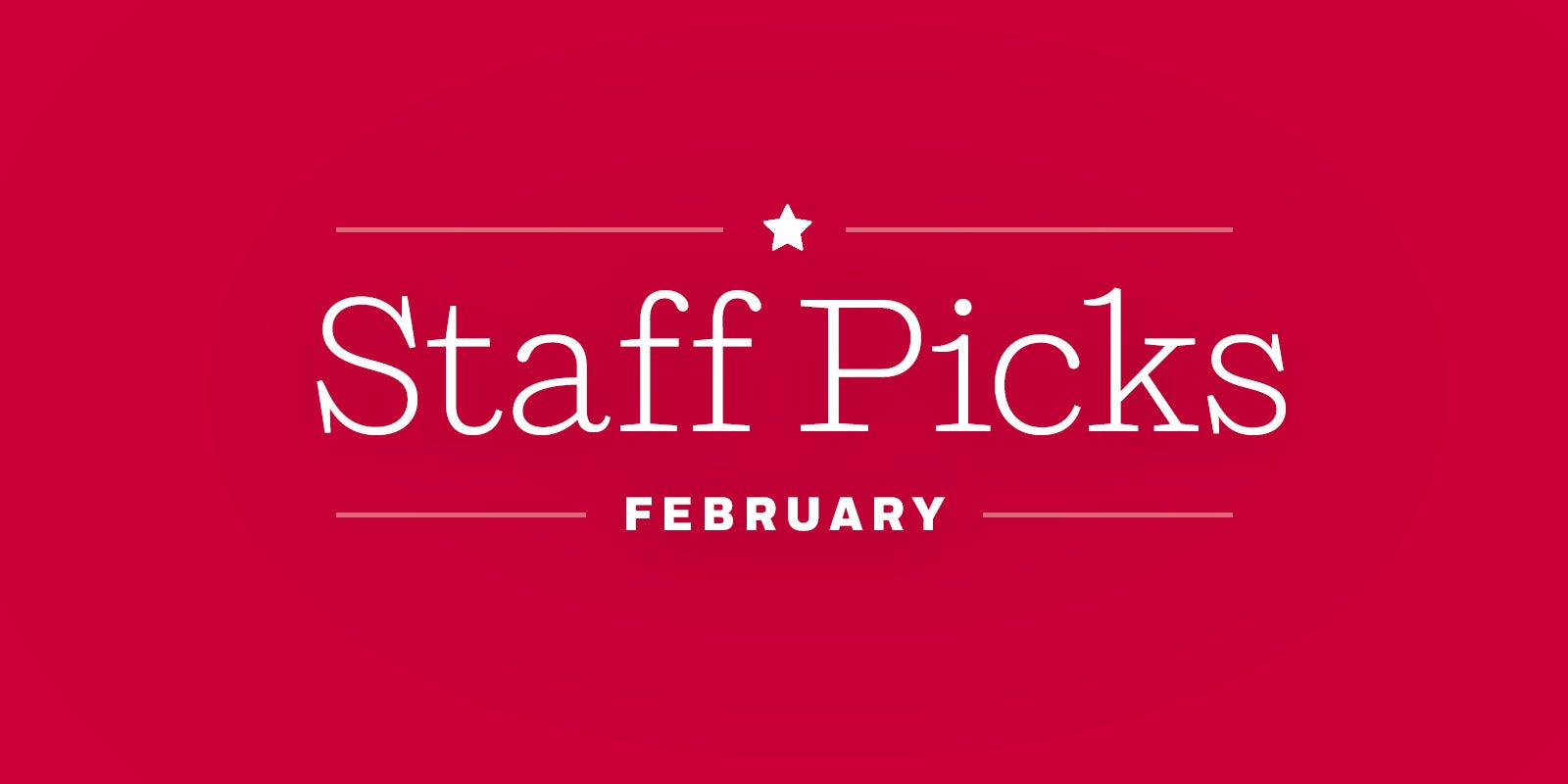IntroductionThe idea to write
The Queens’ English was spawned when I landed my first job as a professional performing artist at a Philadelphia-based dance company in 2006. We traveled often for shows, and bus conversation—our ultimate entertainment pastime—was typically led by a few charismatic MVPs at the back of our tour bus. Jokes and witty remarks were always being tossed around, and the better the joke, the louder the laughs, the more fun everyone had. The back-of-the-bus group had the 411 on all the good gossip, and the rest of us were always glued to their conversations. But sometimes their jokes sounded like a code to me, filled with terms I could not decipher.
One day I called to the back of the tour bus and asked, “What does ‘snatched’ mean? You are always calling people ‘snatched’ like it’s a compliment. What is it?”
With a bit of shade, a company member said, “Something you need to be when you are in this company, snatched for the gawds!” Laughter erupted, but I was still confused.
Another company member, who was willing to break it down, said, “Let me give you the T. We are gay, honey, and we have our own language that only
we get. Other people in the company eventually get it, too, because it’s fierce backboots. That’s why you are here looking through the window trying to come inside our world. So, here’s a little breakdown . . . five, six, seven, eight! ‘Snatched’ means that the body is together! You are lovely, small, lean, shapely, sexy, you are SNATCHED! And to be in this company, our boss wants us to be snatched for the gawds! So, that means you have to be extra lean, extra sexy, and extra lovely! You are eating air and drinking hope with a wheatgrass shot for dessert.” The whole bus exploded with laughter. And so it began.
I wanted to kiki all the time! I was fascinated with the language I was learning from gay culture. As an eager newbie (cough, cough, I mean eager
gaybie), I started a running list of terms and expressions my friends taught me, and bus conversations soon revolved around the entertainment of me trying to pair “academic” definitions with words like “beat,” “fierce,” “living, “ovah,” and “werk.” Jokingly, I told a friend that this was a fully developed language and there should be a dictionary for these words.
“When you write it,” he said, “call it
The Queens’ English. It’s a language for all the queens.”
Over the years, I added more terms as I performed all over the country. Colleagues—actors, artists, dancers, and performers—who identified as LGBTQIA+ shared their favorite lingo with me and introduced me to friends so we could collect more. I even learned terms from friendly strangers in gayborhoods, at LGBT centers, and during Pride events. The list of terms eventually became a glossary that represented a diverse group of gay and queer people, lifestyles, and communities.
My research eventually led me to explore the complexities of my own sexual identity. Learning new words like “demi,” “bi,” and “flexible” gave me labels that identified the fluidity of my attraction to others. Throughout my life, I’ve identified as heteroflexible, bi-curious, and at a time, struggled with being a semi-closeted bisexual; I’ve explored polyamory, and now I’m a proud and openly biromantic, demisexual bisexual. These words helped articulate my developing sexual expression as I grew to understand myself. It was the support of my community—family, friends, dating partners, the theater, dance—and the writing of
The Queens’ English that gave me the courage to express my truth and become an advocate for understanding the spectrum of identity and sexuality.
WHAT IS
THE QUEENS’ ENGLISH?
The Queens’ English is a dictionary that celebrates the etymological diversity of over eight hundred terms used to describe our collective gay and queer experience. It is an epic journey of understanding identity, sexuality, gender, equality, humor, community, and pride.
A vibrant and rich history has been captured by the unique language created by and for the lesbian, gay, bisexual, transgender, two-spirit, queer, questioning, intersex, asexual, gender nonconforming, nonbinary, and nonheteronormative community—commonly abbreviated as LGBTQIA+. This dictionary is a resource with modern definitions, real-life examples, synonyms, important usage notes, and supporting background information to further enhance the understanding of each term. Interstitial how-tos and history lessons about trailblazing people, places, and events that have impacted the language within the LGBTQIA+ community are included throughout.
Much of my research came from the cultural heartbeat of our queer community, consisting of personal interviews and group discussions with people who identify as LGBTQIA+. I filled in the gaps using digital and print references and content from queer and mainstream media outlets, taking sensitive measures to define every term appropriately and inclusively, while respecting (and encouraging!) the flexibility of other interpretations. I also committed to highlighting the diversity of language that lives within our community—from the New York City ballroom scene to the San Francisco leather community and everything else in between.
However, my research only captures a sliver of the subcommunities that make up LGBTQIA+ culture.
The Queens’ English is merely a starting point for the important conversations around inclusivity, sexuality, gender expression and identity, gay slang that’s been co-opted by mainstream culture, and queer American terminology that’s been around for decades.
Copyright © 2021 by Chloe O. Davis. All rights reserved. No part of this excerpt may be reproduced or reprinted without permission in writing from the publisher.






